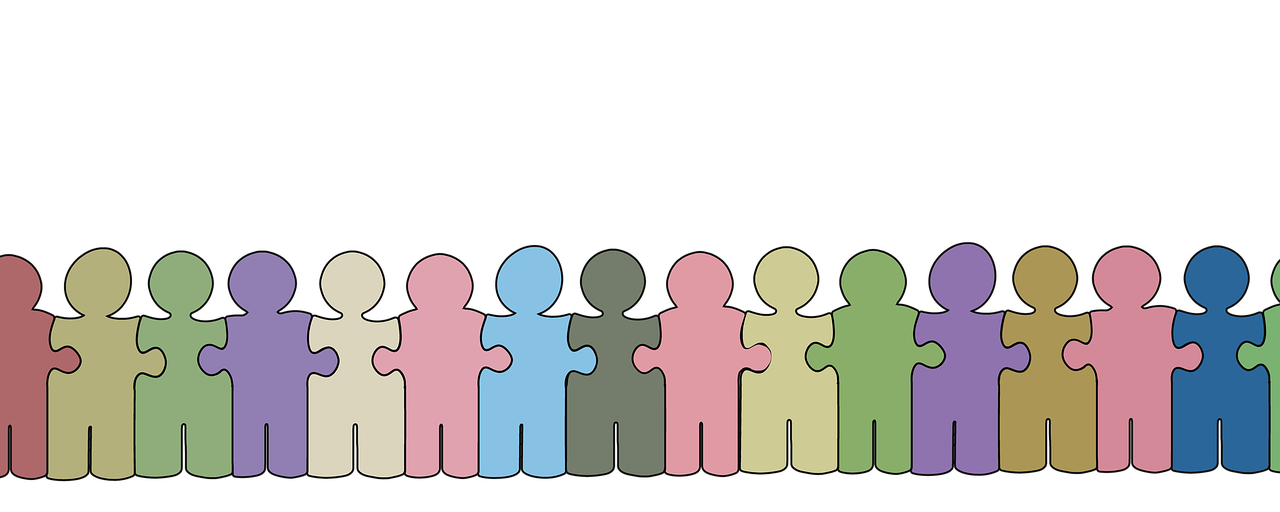The face of the US consumer is growing more diverse year by year. With that in mind, consumer packaged goods (CPG) companies are increasingly feeling the pressure to target a more diverse and inclusive audience, from the products they roll out to the branding and marketing messages they create.
While Hispanic and Asian products have been readily available in the US market for a number of years, CPG brands are just now expanding their offerings. This expansion includes everything from Indian to Italian to Mediterranean and West African products in order to appeal to a wider population of consumers.
Rolling out products to diverse audiences is not enough, it is simply the first step.
Companies still need the right messaging and brand-building initiatives to establish and increase their credibility and authenticity with these consumers — and this is where some brands may be missing the boat.
The data is clear. Diversity and inclusion marketing is important — but it still isn’t a standard practice with many brands. A 2019 study found that 66% of African Americans and 53% of Latino and Hispanic Americans feel their ethnicity is portrayed stereotypically in advertising.
The same study also found that 61% of all Americans say diversity in advertising is important. More significantly, 38% of consumers are more likely to trust brands that demonstrate diversity and inclusion in their marketing content, such as showing images of people of color.
There is a glaring gap between what consumers want and what marketers are delivering, and while diversity and inclusion efforts are growing, there is still a long way to go.
As you evaluate your company’s diversity and inclusion marketing, consider these potential errors:
1) Not highlighting images of people of color or diverse audiences in your marketing efforts or ad campaigns. The first step in diversity and inclusion is adding more types of faces and voices to the ongoing dialogue you are having with your customers. To do this right, you have to understand the difference between diversity and inclusion. Attempts to highlight diversity often include adding stock photos with people of color. However, inclusion means inviting their voices to the mix.
Simply adding a picture or two that “shows” diversity isn’t actually demonstrating diversity or inclusion. Moreover, these stock photos often include stereotypes and appropriation.
In truth, consumers usually see through this strategy. The use of stereotypes is the quickest way to show your audience that you don’t understand them. The risk with this type of diversity and inclusion marketing is that it’s lazy — and customers know it. Your company and brand will appear disingenuous to your base market, and when that happens, you won’t appeal to your customer base as you had hoped — instead, you will alienate them.
A better approach is to be empathetic: Consider the context and think deeply about how to truly reflect diversity and inclusion. It’s more than just adding a few images. You have to use inclusive language and consider the user experience. By taking your time to craft thoughtful marketing, you can create genuine and heartfelt messages that will be much more successful in appealing to a diverse base.
2) Not partnering with diversity-driven media outlets and/or inclusive marketing partners who are connected to diverse audiences. For example, do you promote your marketing efforts in Black-owned media outlets? Do you target women’s publications to showcase the value of your products to this audience? If not, you are shortchanging both your company and your customer base.
First, not selecting the right partners practically ensures that you won’t reach the right audiences. What does it matter if you craft the perfect inclusive marketing message if you can’t reach the right people? You can — and will — reach the right audiences when you partner with diversity-driven organizations because they appeal to the same customer segments you’re attempting to reach.
Secondly — and this is a common mistake — when we fail to connect with the right partners, our customers will notice. Modern consumers are savvier than in previous eras. They frequently prioritize environmental and social issues now; and in doing so, they often demonstrate a willingness to do their homework on a company to reveal corporate practices. In addition, they are often willing to pay more for products and services that they feel make the world a better place.
Your customers will notice if you create diverse and inclusive messages but do not partner with other diversity-driven companies to deliver them — and then, once again, your attempts will appear insincere. Instead, make the commitment to pick your marketing partners thoughtfully and carefully.
3) Not staying up to speed and leveraging any current trends in diversity. For example, did you know that food inclusion is a trending topic in diversity? This dynamic drives more and more retailers, like Kroger and Whole Foods, to offer a growing number of products from across the globe, including Indian, Thai and West African products, to serve diverse audiences.
Also, consider the trend of “buying Black.” More businesses now want to highlight any products they offer that are created by Black-owned companies. This is another emerging focus across many industries.
Ultimately, the key to creating effective diversity and inclusion marketing is to adopt the right mindset. With a diversity mindset that prioritizes empathy and understanding, you can transform your marketing efforts from hollow messages to ones that truly resonate across your entire customer base.
This kind of diversity mindset is crucial in shaping all of your marketing activities. When it’s done right, this approach can help you grow your brand exponentially, empowering your message to hit home with all customers.
Emerald-Jane (EJ) Hunter, four-time Emmy Award winner and founder/ringleader of myWHY Agency, an integrated marketing communications agency offering PR, influencer marketing, brand strategy and social media strategy to organic and natural products, BIPOC- and women-owned brands — with a focused lens on ensuring client work is DEI authentic.
